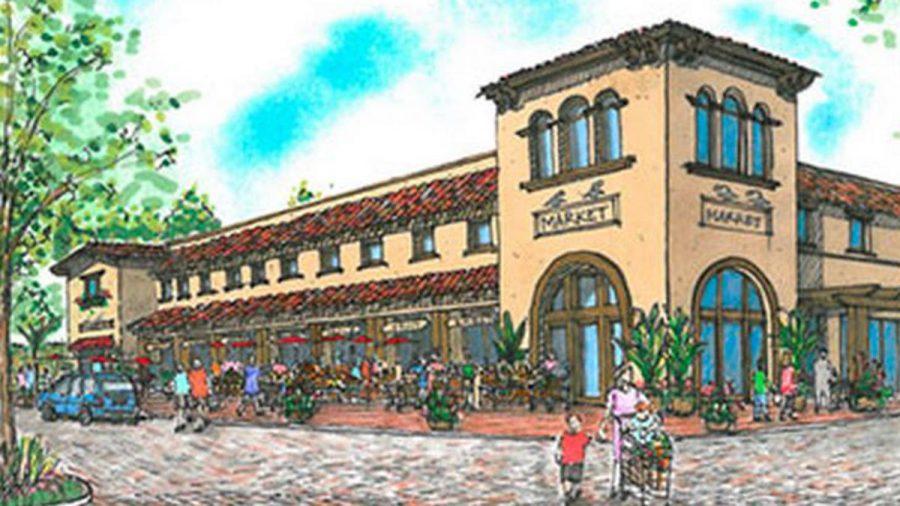North County Housing Development Sparks Widespread Controversy
Oct 14, 2016
San Diego voters will soon decide on the fate of County Measure B, otherwise known as the Lilac Hills Ranch project. If passed, the bill would allow the “sustainable, pedestrian-oriented community” to be constructed in a remote area of Valley Center.
Lilac Hills will be “a neighborhood grounded in traditional small-town values embracing 21st Century design and sustainability,” the official website reads. “[It will be] the perfect place to grow smart and live green.”
However, the project faces extreme criticism from some, with the opposition led by one Cori Schumacher. She is already well-known in the community for her protests against the similar Measure A presented to voters last year. Schumacher’s organization claims to have a budget of only $23,000 compared to over $1 million spent on advertising that supports the measure. However, their underdog position does not appear to dissuade die-hard opponents of the project.
“Money only has an impact in a political vacuum,” Schumacher said in a KPBS interview. “Social media and getting the word out is functionally the same as a great deal of money. Social media is the great equalizer when it comes to grassroots campaigns.”
The proposed building site was originally zoned for agricultural development and the construction of only 110 homes, whereas the Lilac Hills community would contain more than 1700. The project’s developers also estimate a seven-to-nine minute response time in the event of a fire. This necessitates its place on the ballot because current standards allow for homes to be at most five minutes away from a fire station.
Proponents of the development project believe it would help to counteract the current housing shortage in the area. Matt Adams, vice president of the San Diego Building Industry Association, adds that it would also decrease home prices.
“Homes cost as much as they do now because we don’t build enough of them, and we haven’t for years,” Adams said to one reporter. “We should be building 1,000 homes a month just to keep pace with population growth, and we haven’t done that in 10 years. So we have to start making decisions about where we want to house our citizens, both our current citizens and future citizens.”






